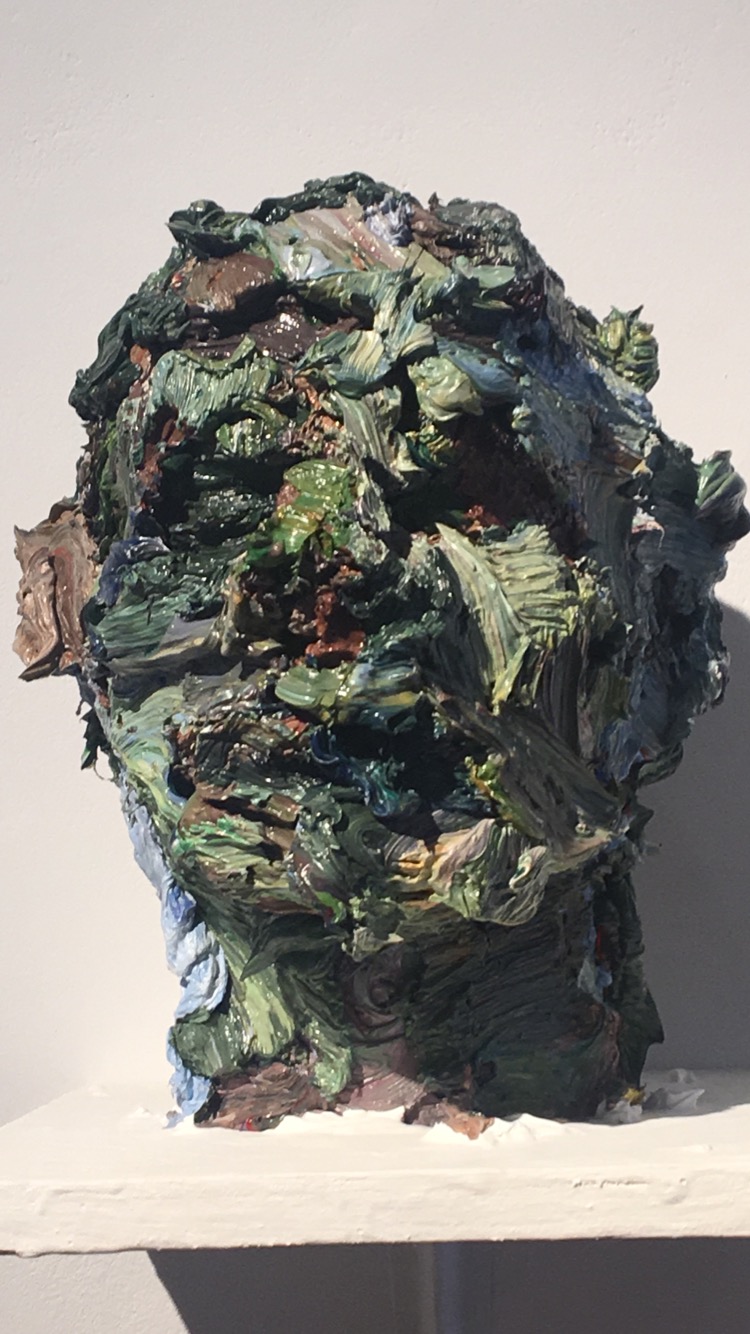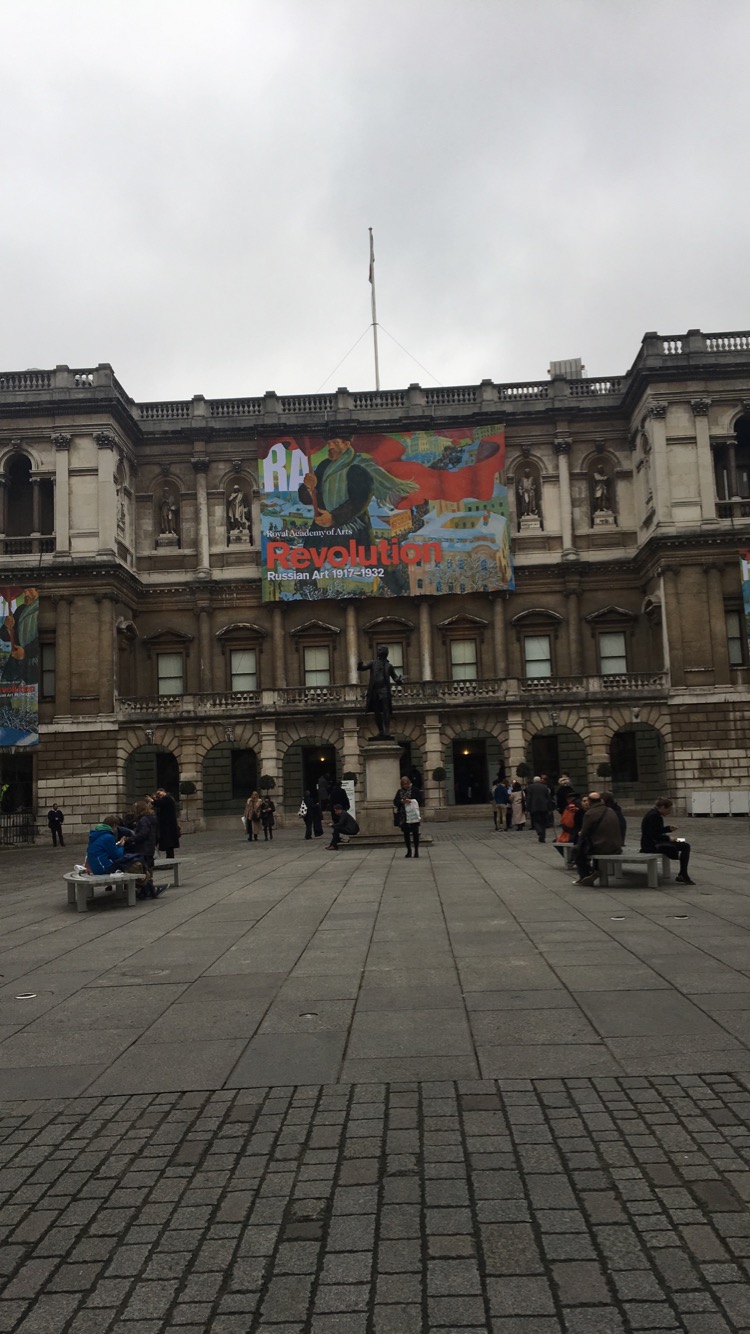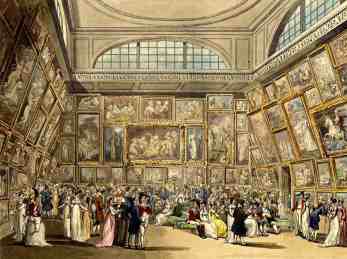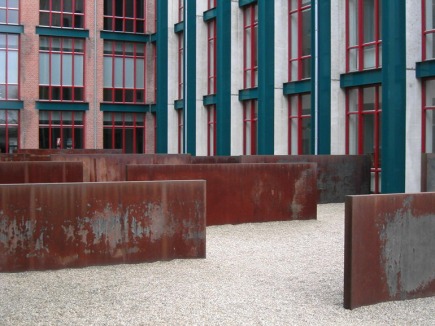From the lecture given by Susan Adams, One of the artists mentioned was Katharina Grosse, I liked the look of her work and thought it’ll be interesting to look her up. She was commissioned to make a site specific art for the 2015 venice beinale in the Arsenale venue under the concept of All The World’s Futures. A lot of work that was also created for this project was very dark in colour and content but Grosse work was vibrantly painted with spray painted fabric sheets draping from the ceiling and styrofoam from sitting on top of piles of dirt and rocks. from looking at various pictures of Grosses installation i like the gestural marks of paint on the fabric to show there can be some colour even if what you’re going through is dark and i like that conceptual idea behind her installation, I also like the movement and depth the fabric gives as it holds lots of forms and shadows that display a different attitude to every viewer and could possibly have a movement to them if some air brushed past. what I find interesting is that she has managed to pull off bringing something that you would think work best outside, inside, the way she has achieved this is remarkable and incorporated colour whilst keeping that important message.
Grosse has influenced my thinking about exhibition by making me think about how i can use a space to its fullest potential and how i could use it to captivate the viewer.










